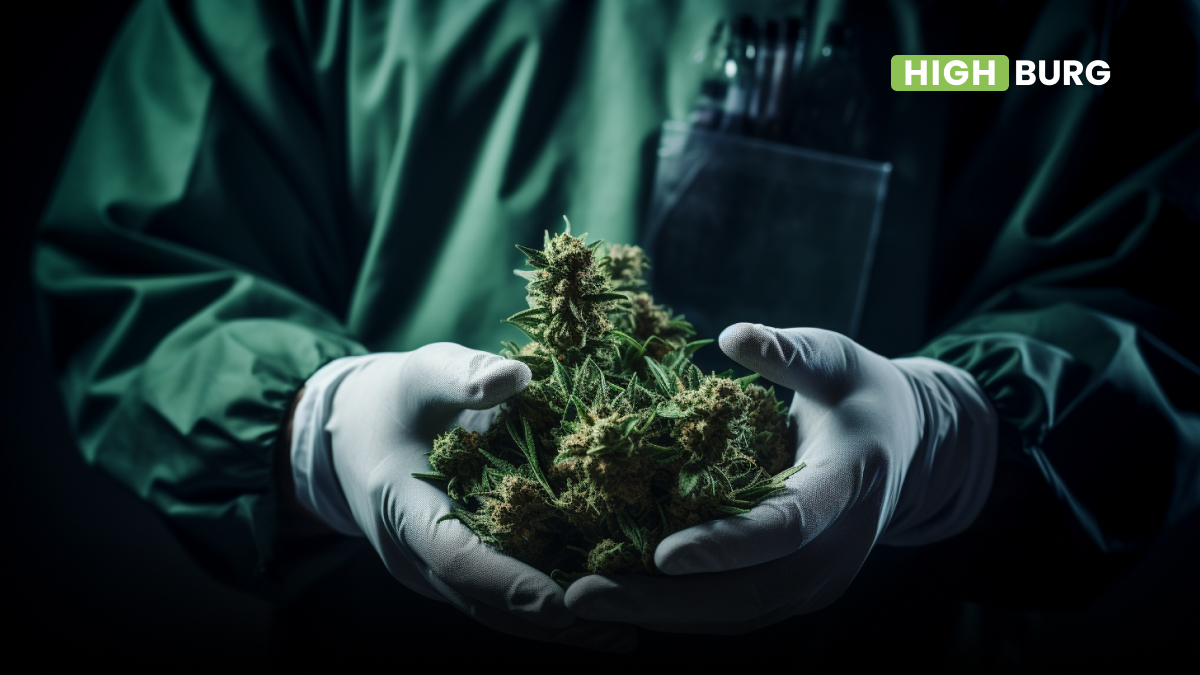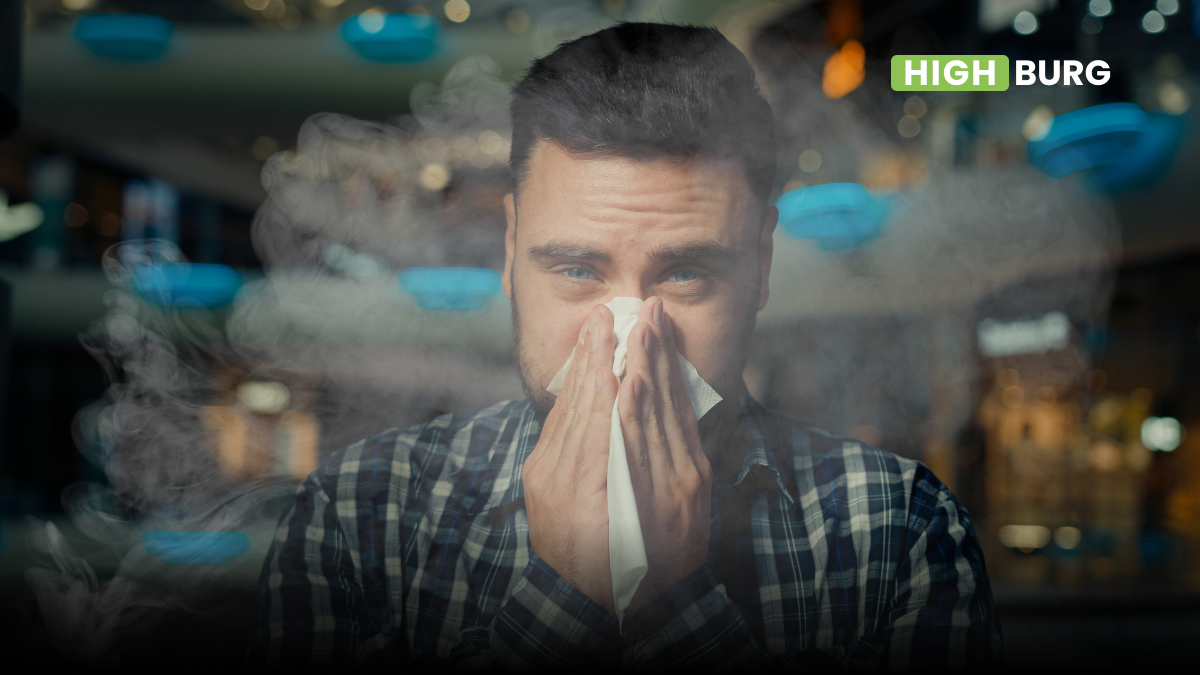Cannabis production is growing fast and it is continuing to expand because most of the states have laws in place permitting and regulating the use of cannabis for medical, health, and in some cases, recreational purposes.
As the demand for cannabis increases, it is crucial to prioritize the production of safe and high-quality cannabis products.
At a glance, If we were to ask every cannabis user, how they’d prefer to buy cannabis, we would be surprised at the number of people who would confirm a strong willingness to source through legal channels.
Obtaining cannabis from unregulated sources poses significant risks to individual users and society at large.
Despite the efforts of governments who have chosen to legalize, most of the consumers are still looking for cannabis coming from illicit channels.
Processing, and distribution conducted without proper regulations and quality control measures increase the risk of exposure to harmful chemicals, pesticides, and contaminants.
Additionally, implementing quality assurance protocols such as Good Manufacturing Practices (GMP), can further enhance the consistency and the safety of cannabis derived products.
Are consumers aware of the potential hazards and risks coming from illegally cultivated cannabis?
Most common pollutants
Pesticides
Pesticides are one of the most prevalent pollutants found in cannabis. An improper use, overuse, or the use of banned pesticides can result in significant contamination. Consumption of Residual pesticides can lead to adverse effects on the nervous and respiratory systems. It may cause serious diseases such as cancer, reproductive disorders or even amyotrophic lateral sclerosis (ALS).
Heavy Metals
Cannabis plants can absorb heavy metals from the soil, water or fertilizers. Heavy metals can then accumulate in theplant’s tissues.
Common heavy metals found in polluted cannabis include lead, mercury, cadmium, and arsenic.
They can lead to physical, muscular and neurological degenerative changes in the brain inducing not only Alzheimer’s disease, but also dementia, Parkinson’s disease, and multiple sclerosis.
Mold and Fungi
Mold and fungi are other dangerous pollutants in cannabis. Improper drying, handling, or storage practices can create a perfect environment for mold and fungal growth.
Mycotoxins may cause respiratory problems, allergic reactions, and even severe infections.
Residual Solvents
The extraction process used to produce cannabis concentrates, such as oils and waxes, often involves the use of solvents like butane or ethanol. If not adequately purged, residual solvents can remain in the final product. Inhalation or ingestion of these solvents can cause respiratory irritation, nausea, and other adverse effects.
Microbial Contamination
Cannabis plants can harbor various bacteria and other microorganisms.
Salmonella, E. coli, and other pathogens can contaminate cannabis during cultivation, handling, or processing. Consuming cannabis products contaminated with these microbes can lead to food poisoning-like symptoms, gastrointestinal distress, and other serious infections.
Some healthy process suggestions
Organic : To produce safe cannabis, organic cultivation practices are paramount.
These methods minimize the use of synthetic pesticides, herbicides, and fertilizers, which can have harmful effects on human health.
Emphasizing the use of organic nutrients, compost, and beneficial insects helps maintain a healthy ecosystem within the cannabis cultivation environment.
Integrated pest management can prevent the growth of harmful pathogens, molds, and fungi, ensuring that the end-product is safe for consumption
Quality control: Quality control procedures must adhere to industry standards, employing good manufacturing practices (GMP) and Good Agricoltural and Collecting practices (GACP).
Regular monitoring of pH levels, moisture content, and overall plant health allows cultivators to identify and rectify potential issues early on. Following standardized testing procedures and maintaining accurate records enables strict quality control and ensures consumer safety.
Adequate storage techniques, such as utilizing air-tight containers, controlling temperature and humidity, and safeguarding against light exposure, help preserve the quality and potency of the cannabis while reducing the risk of microbial growth, mold, or degradation of cannabinoids.
GMP and ISO systems
GMP is designed to minimize the risks involved in all steps of the manufacturing process.
According to the World Health Organization, Good Manufacturing Practices (GMP) is a system for ensuring that products are consistently produced according to quality standards.
ISO (International Organization for Standardization) is the most important world organization in charge of producing and defining international technical rules, Standard ISO. Thanks to their ability to define uniform and globally recognized guidelines, ISO standards make it possible to achieve greater harmony between different countries, in terms of both productivity and trade.
Generally it is strongly suggested to purchase cannabis from industries that follow the use of these quality control systems in order to avoid risks.
Natural compounds to purify cannabis
Let’s have a look at the natural compounds often involved in the purification process of some cannabis inflorescences and derived products.
Activated Charcoal: Activated Charcoal can effectively trap pollutants, giving back a cleaner and safer product. They are often used in the form of filters to smoke cannabis and to some extent they can successfully reduce the concentration of some toxins in the plant material.
Bentonite Clay: a naturally occurring clay composed mostly of volcanic ash, that owns strong adsorption and ion-exchange properties for detoxification and purification purposes. This property is referred to its poly-cationic nature, which leads to absorption of negative charge toxins. Care should be taken to utilize food-grade bentonite clay to ensure it is free from harmful residues.
References:



